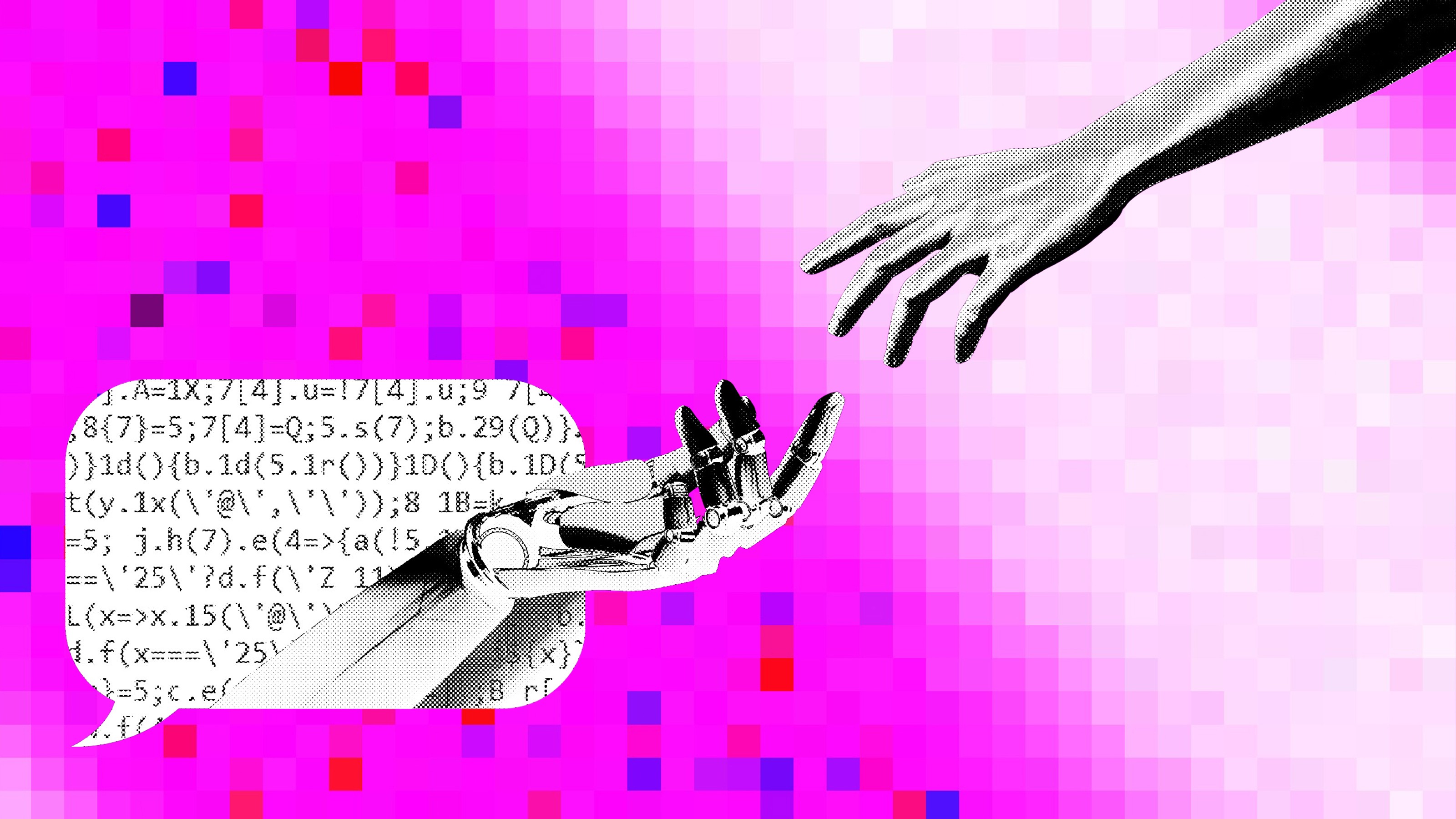The Eyeglasses That Could Make The World Look Different

There are so many global problems that we can’t even see. Like the fact that 670 million people lack access to vision correction and around 100 million children don’t have access to basic eyecare. Thankfully, there are people and organizations who not only see but also act to get these problems solved.
Josh Silver is the inventor of the first self-adjustable glasses and the founder and director of Center for Vision in the Developing World (CDVW). Through his Child ViSion initiative he hopes to develop and distribute self-adjustable glasses for children aged 12-18 in the developing world and help 1 billion people see clearly by 2020.

Self-refraction and self-adjustable glasses are an innovative new method of providing low-cost glasses. Self-adjustable glasses allow the user to adjust the lens prescription themselves until they can see clearly and sidestep the need of an optometrist. This is invaluable in parts of the world (like sub-Saharan Africa) where there is only one optometrist for every 1 million people. Fluid-filled lenses can correct a wide range of vision problems, including nearsightedness, farsightedness and inability to focus. Research shows that children as young as 12 can effectively adjust self-adjustable eyeglasses on their own.

The original self-adjustable glasses, known as Adspecs, contain special lenses – two clear membranes filled with silicone fluid – that can be adjusted when more or less fluid is pumped between them. They are held between two protective plastic covers. The level of fluid can be changed by using a removable syringe and dial that attach to the glasses’ frame. Depending on the amount of fluid, the curvature of the lenses changes, adjusting the strength.
The good news is that to date, 40,000 pairs of the original Adspecs have already been produced and distributed worldwide. Dow Corning Corporation which is a global leader in silicone-based technology, has committed $3m to the Child ViSion initiative, with the aim of distributing 50,000 of the new children’s glasses through education programmes in the developing world to children aged 12-18.
Learn more here or make a donation here.
via GOOD




